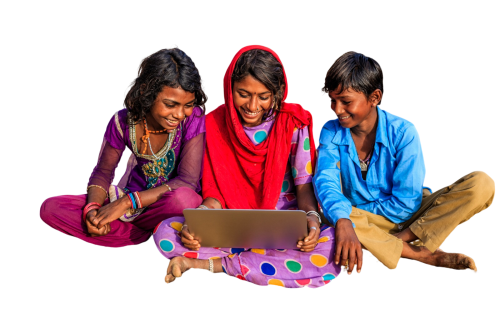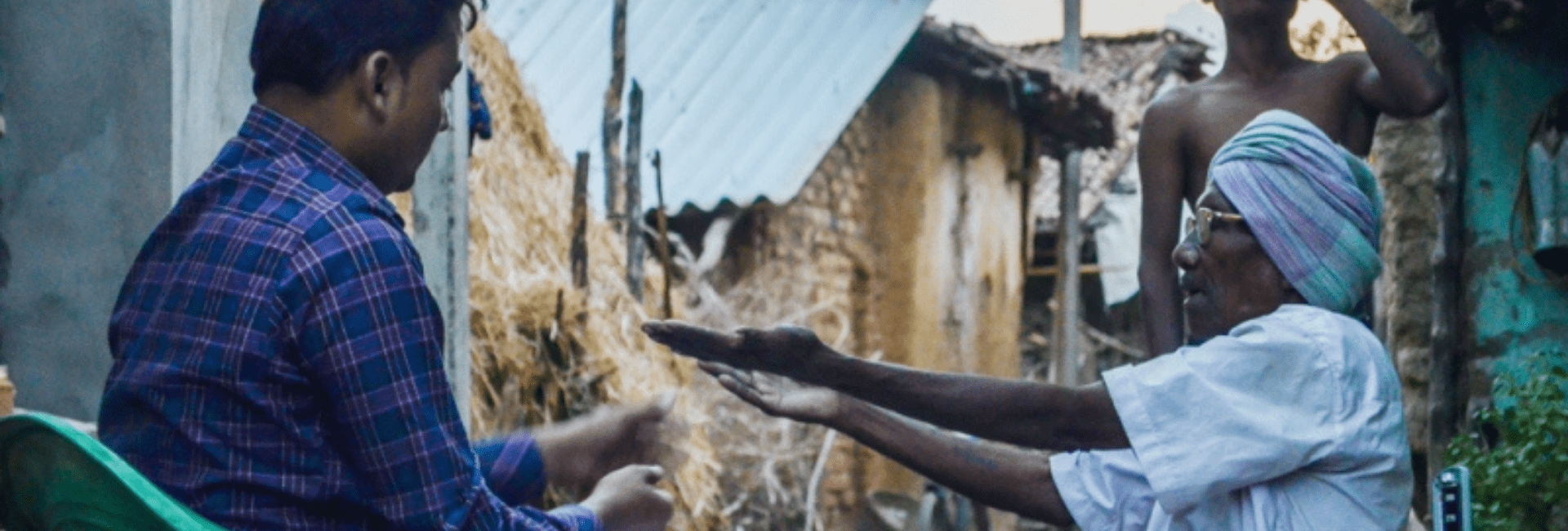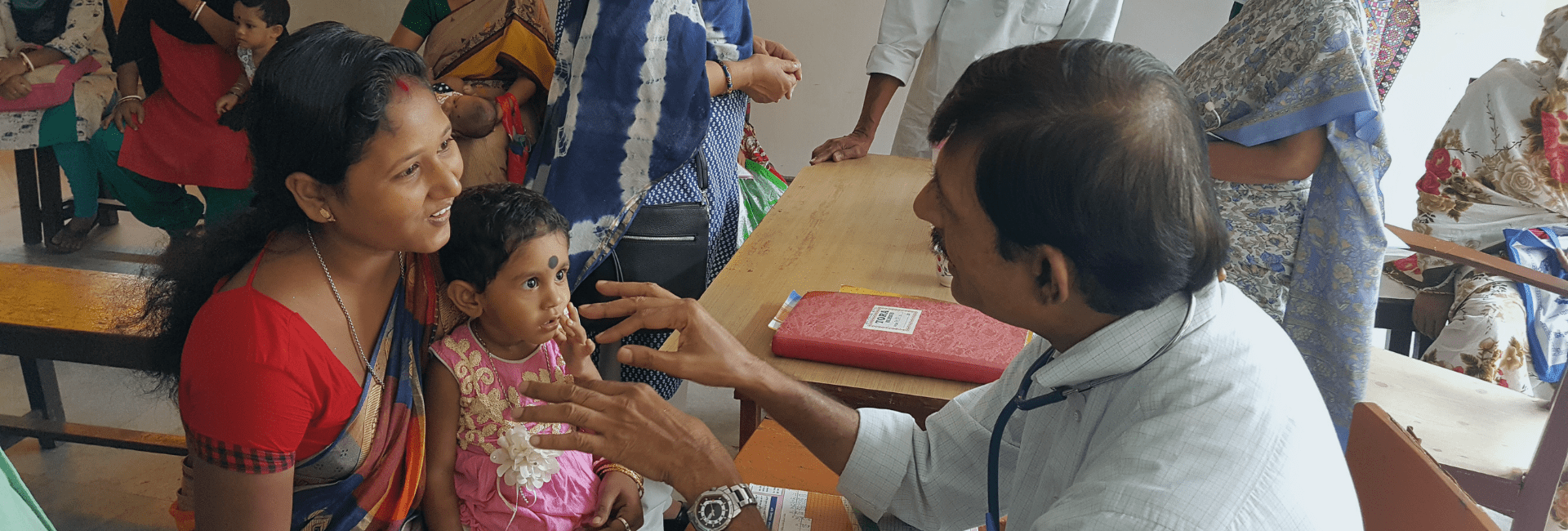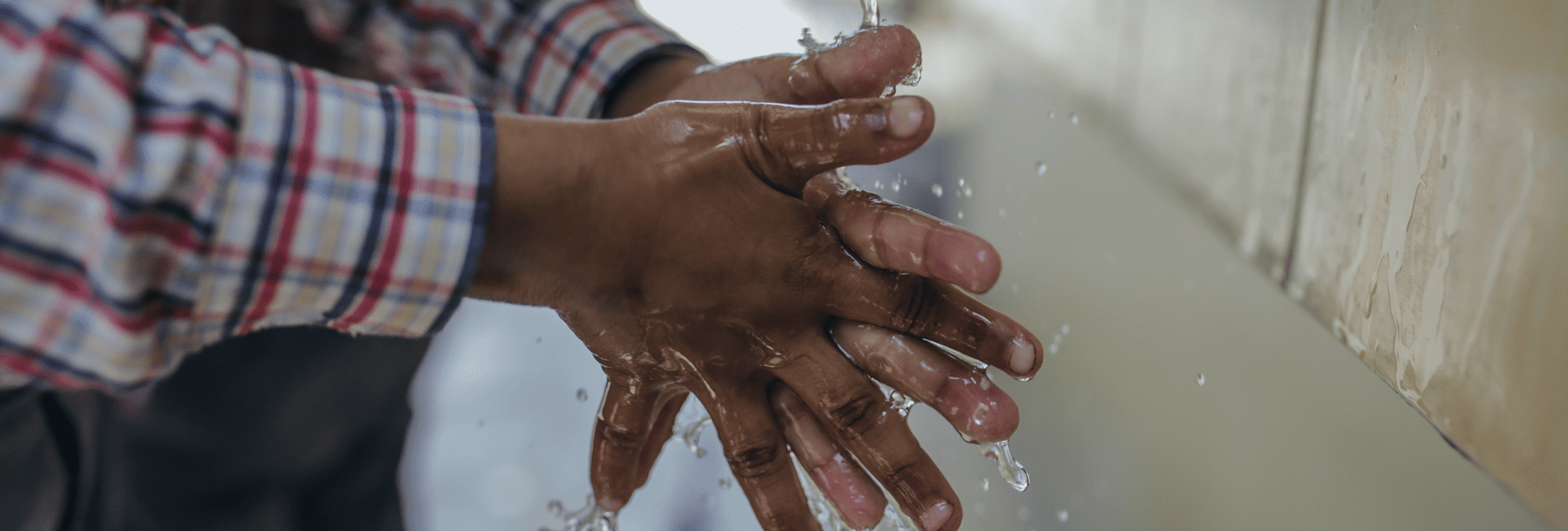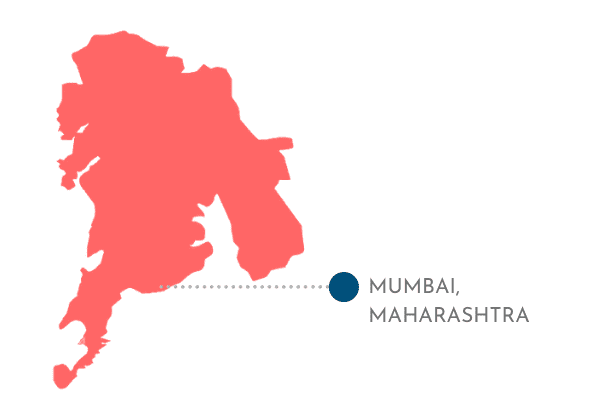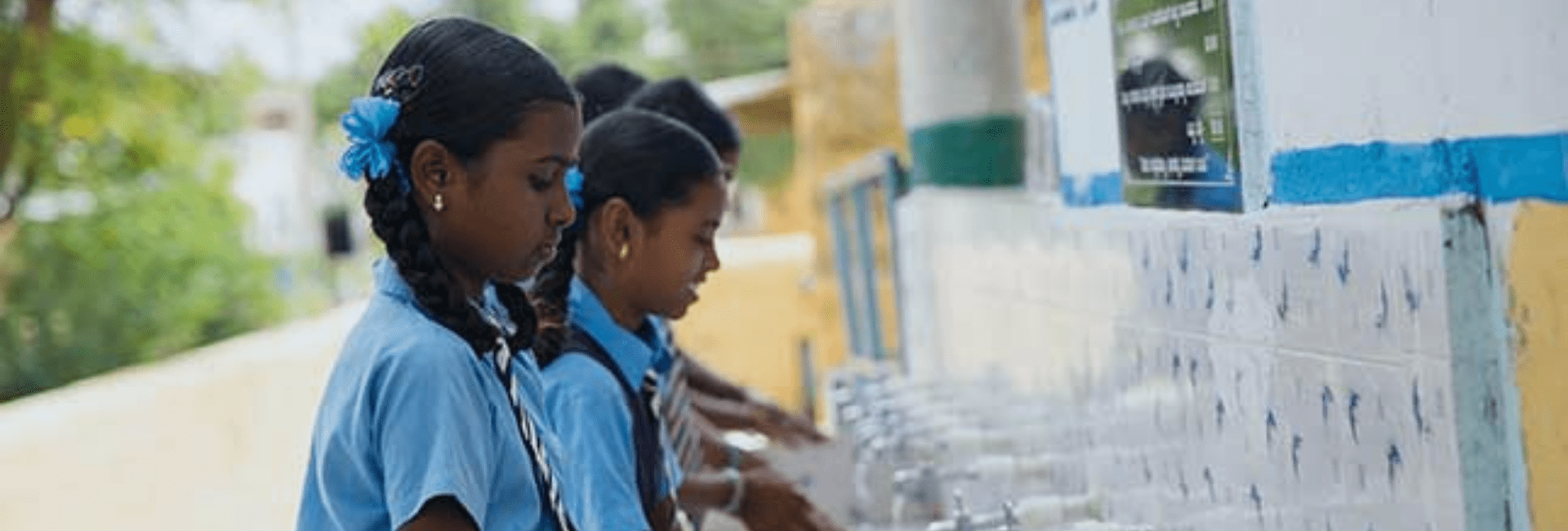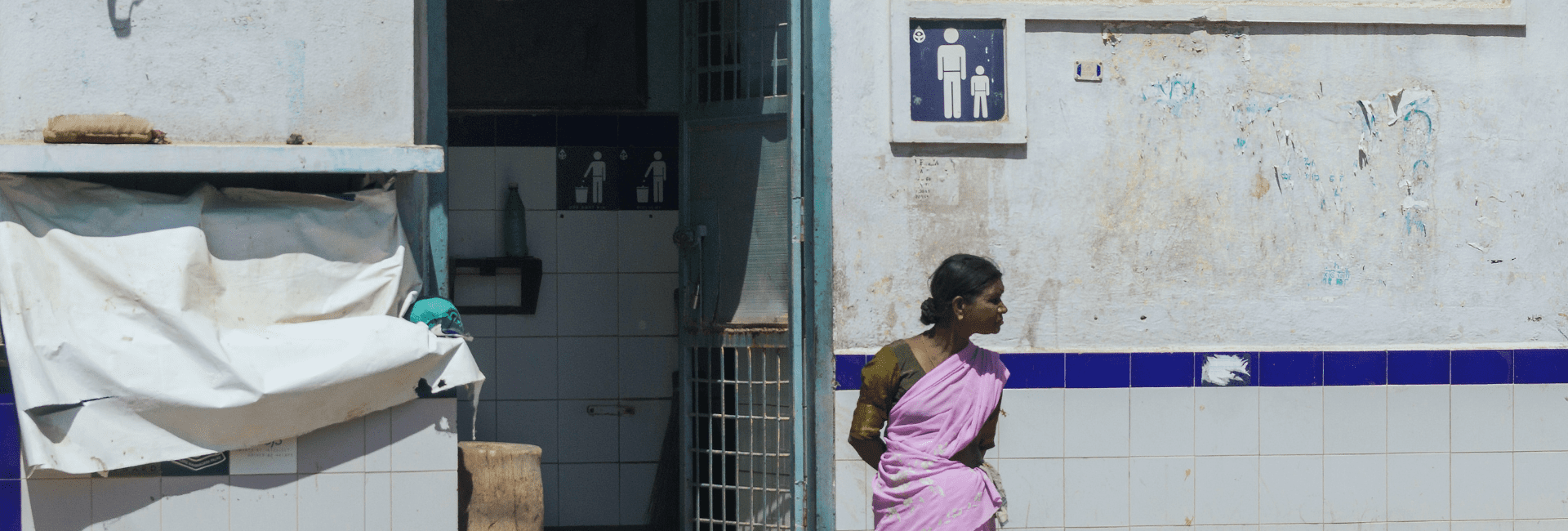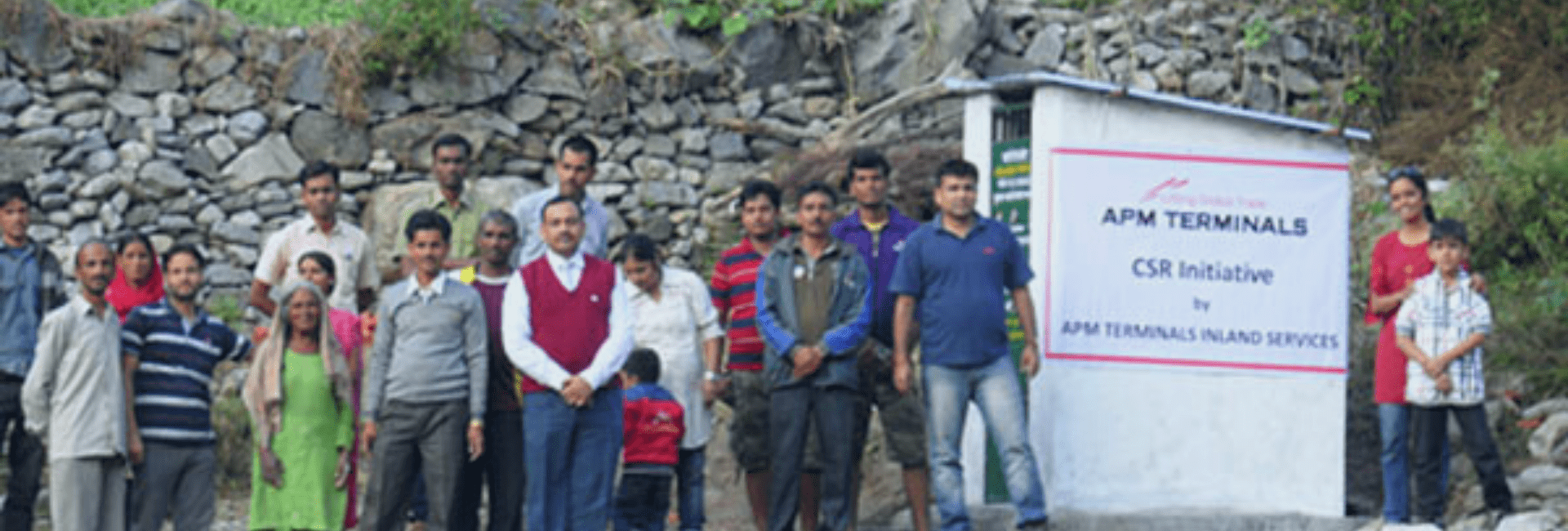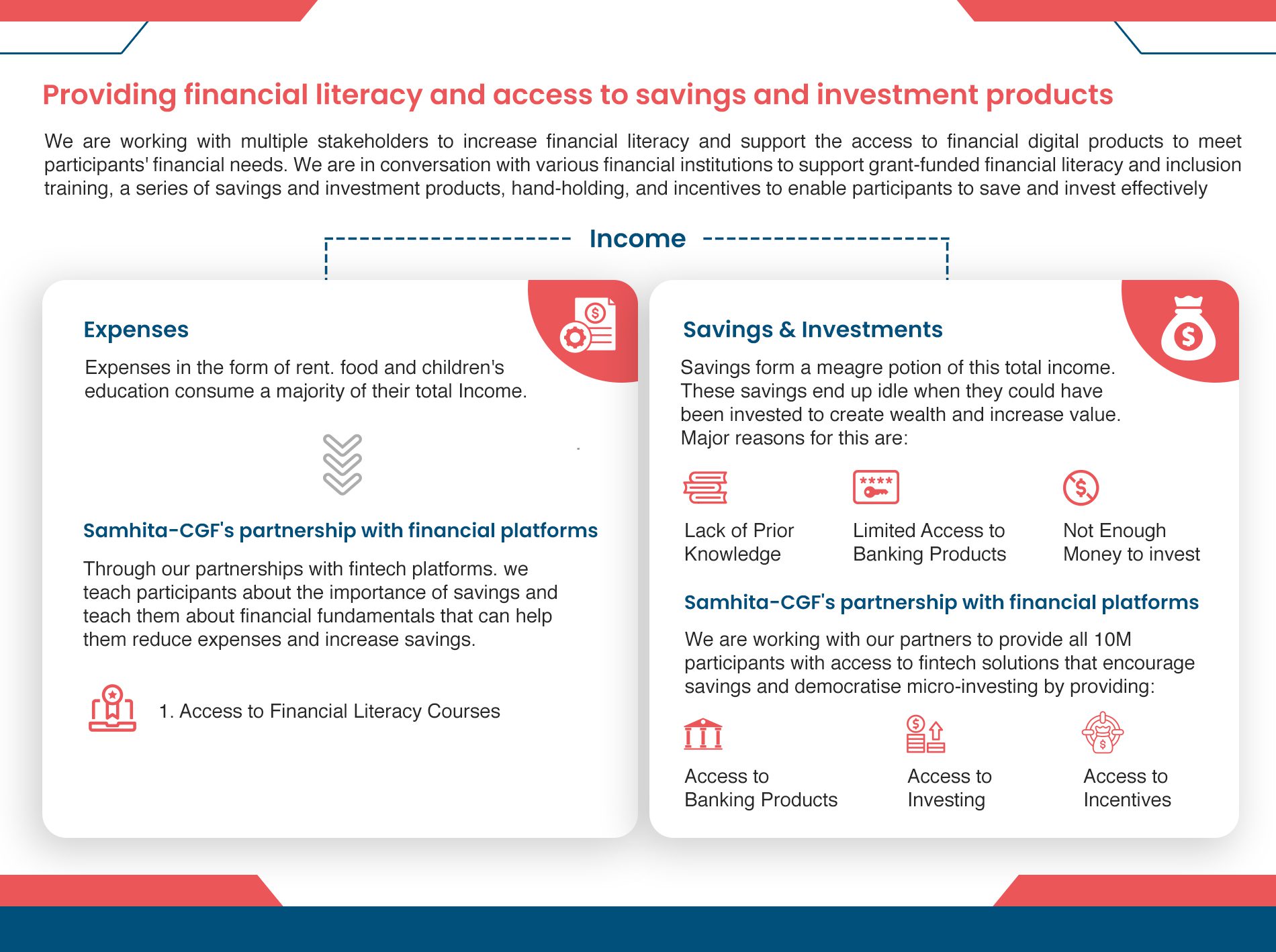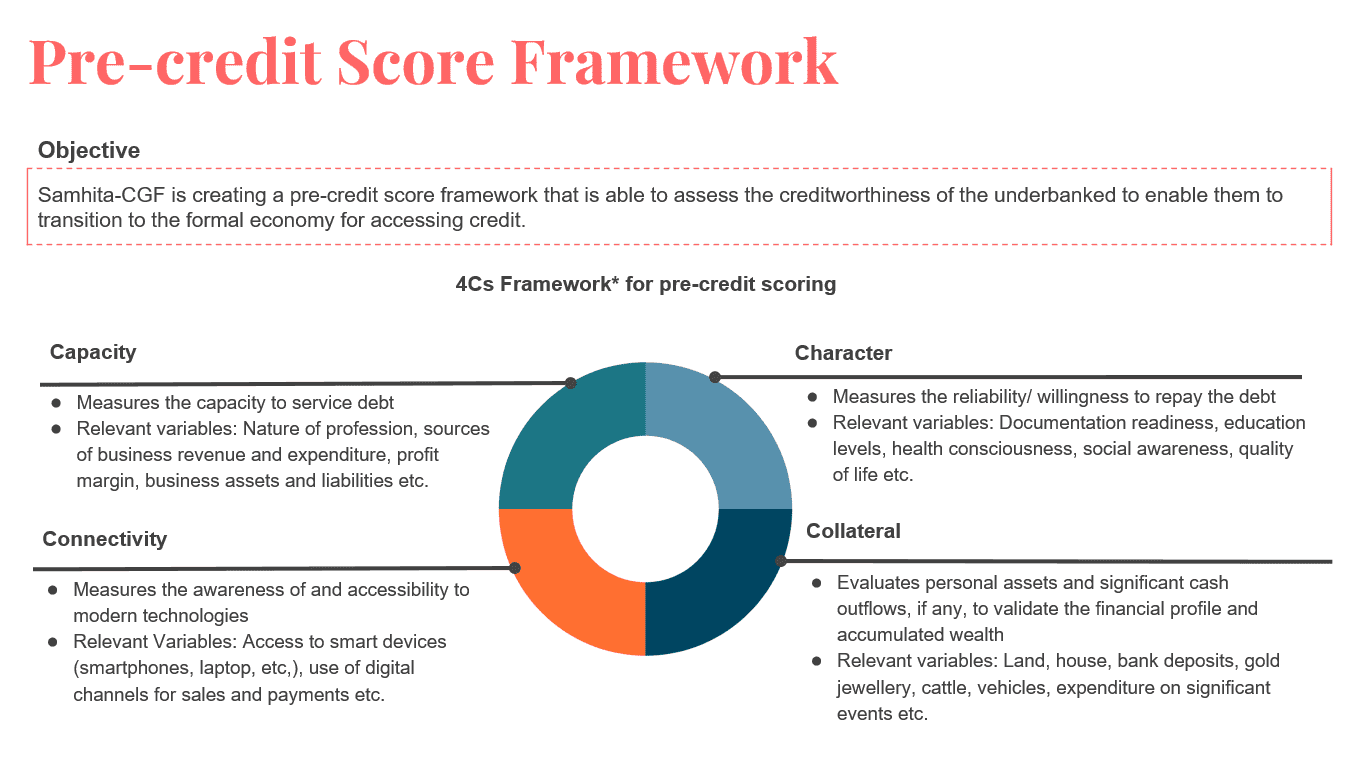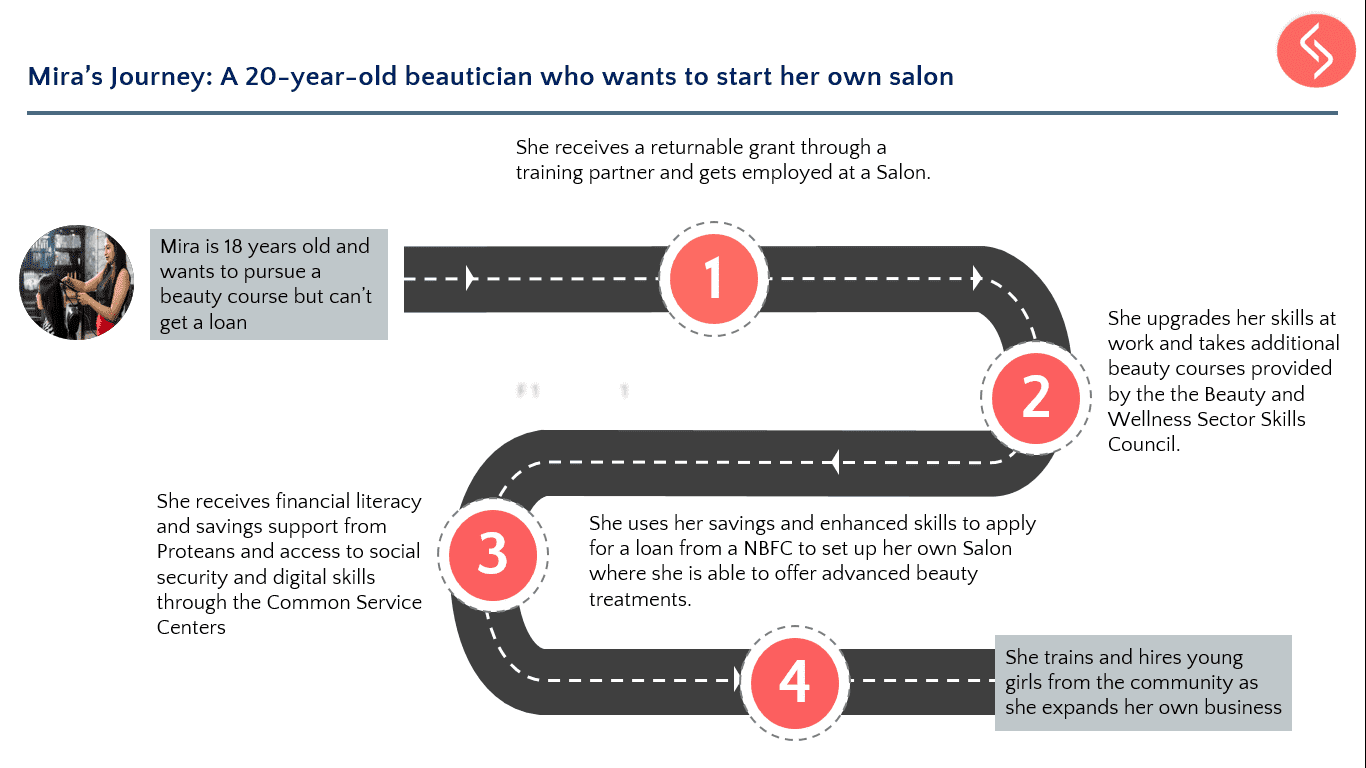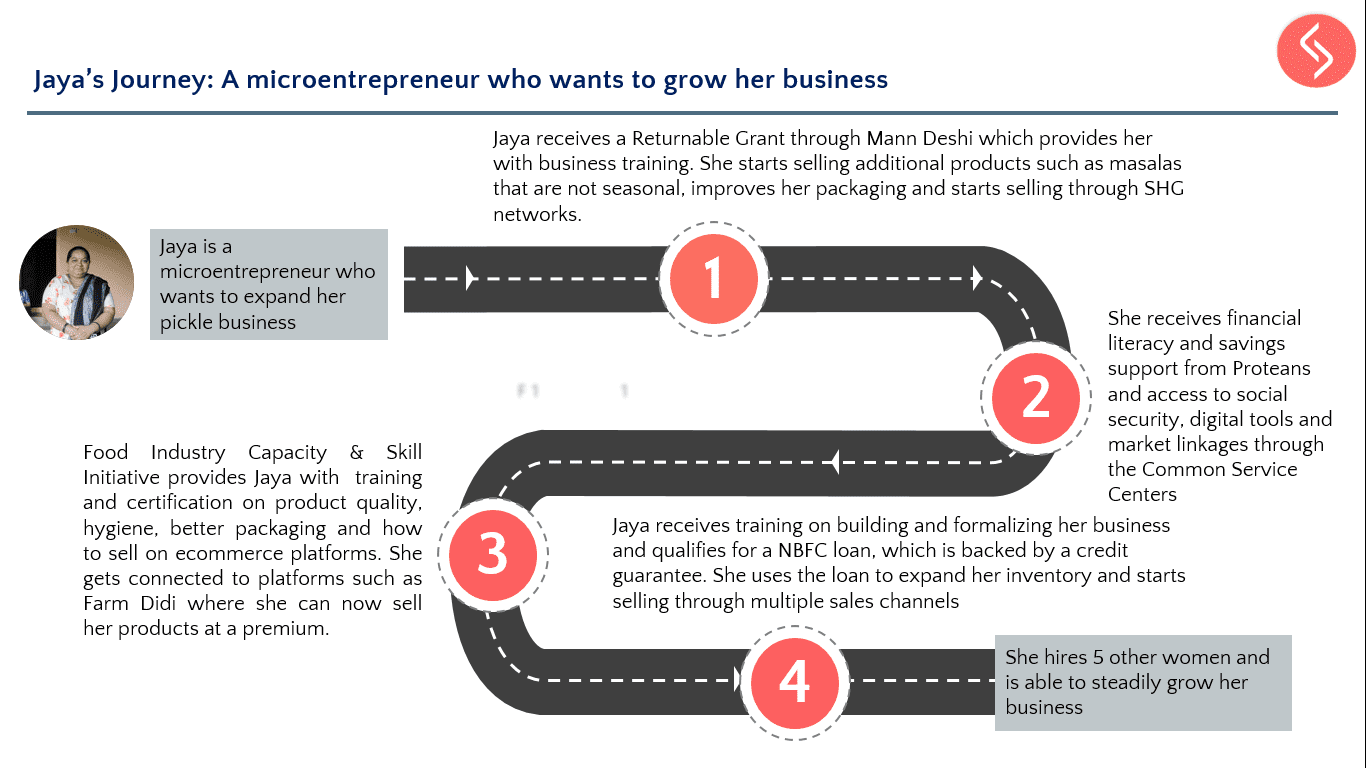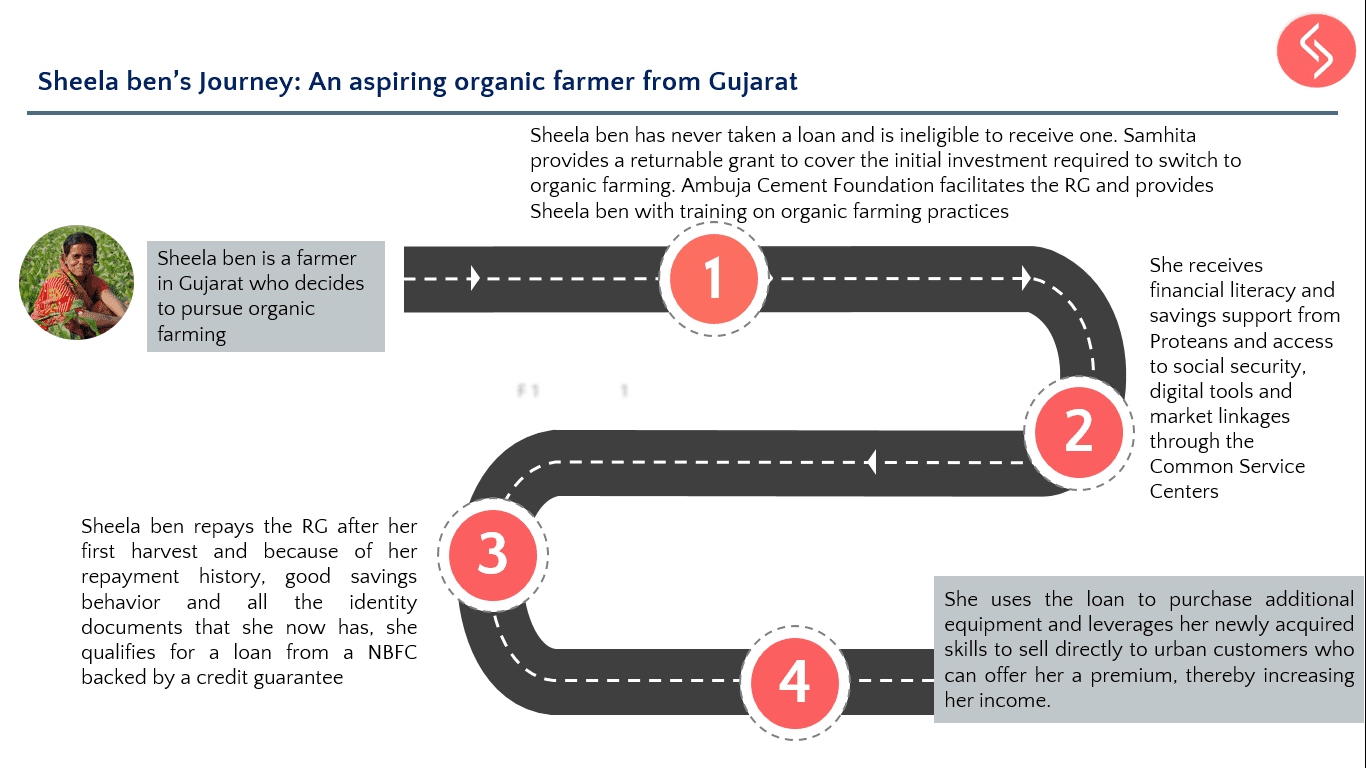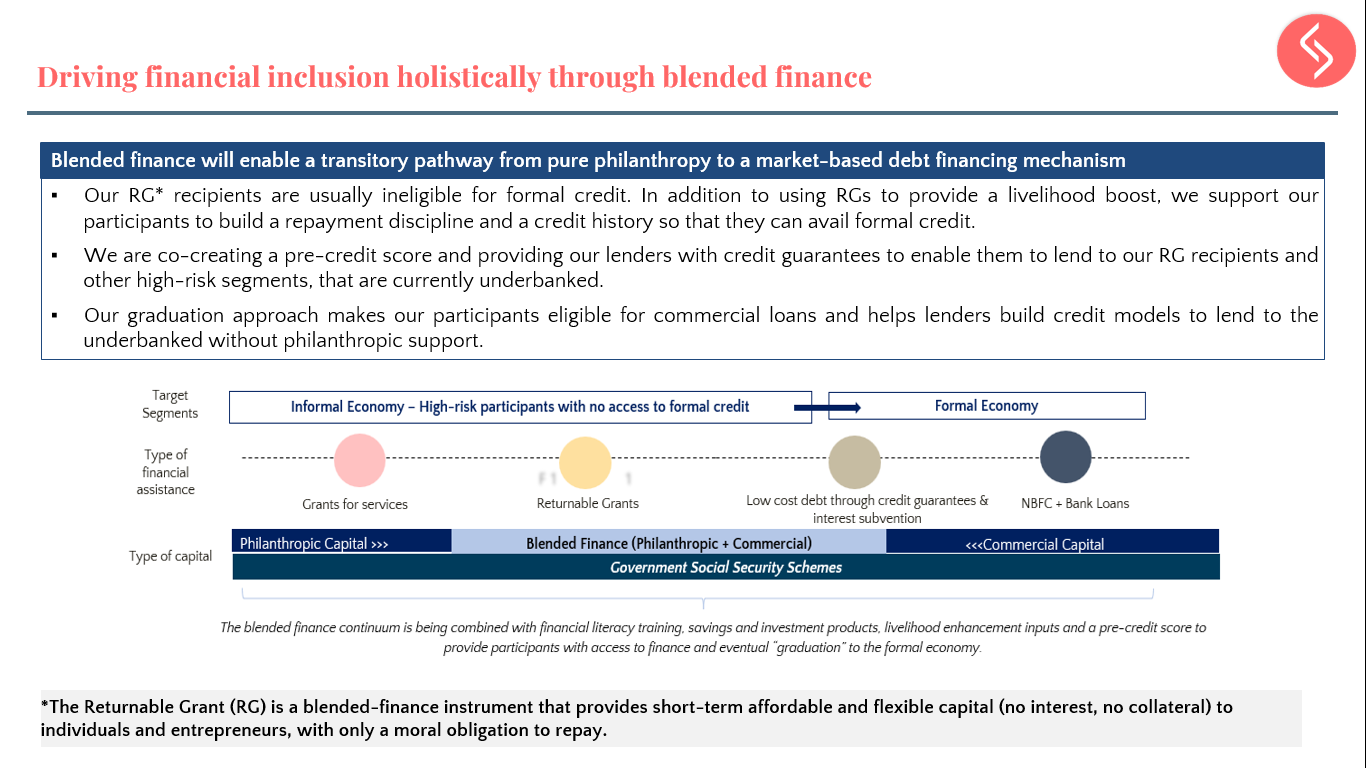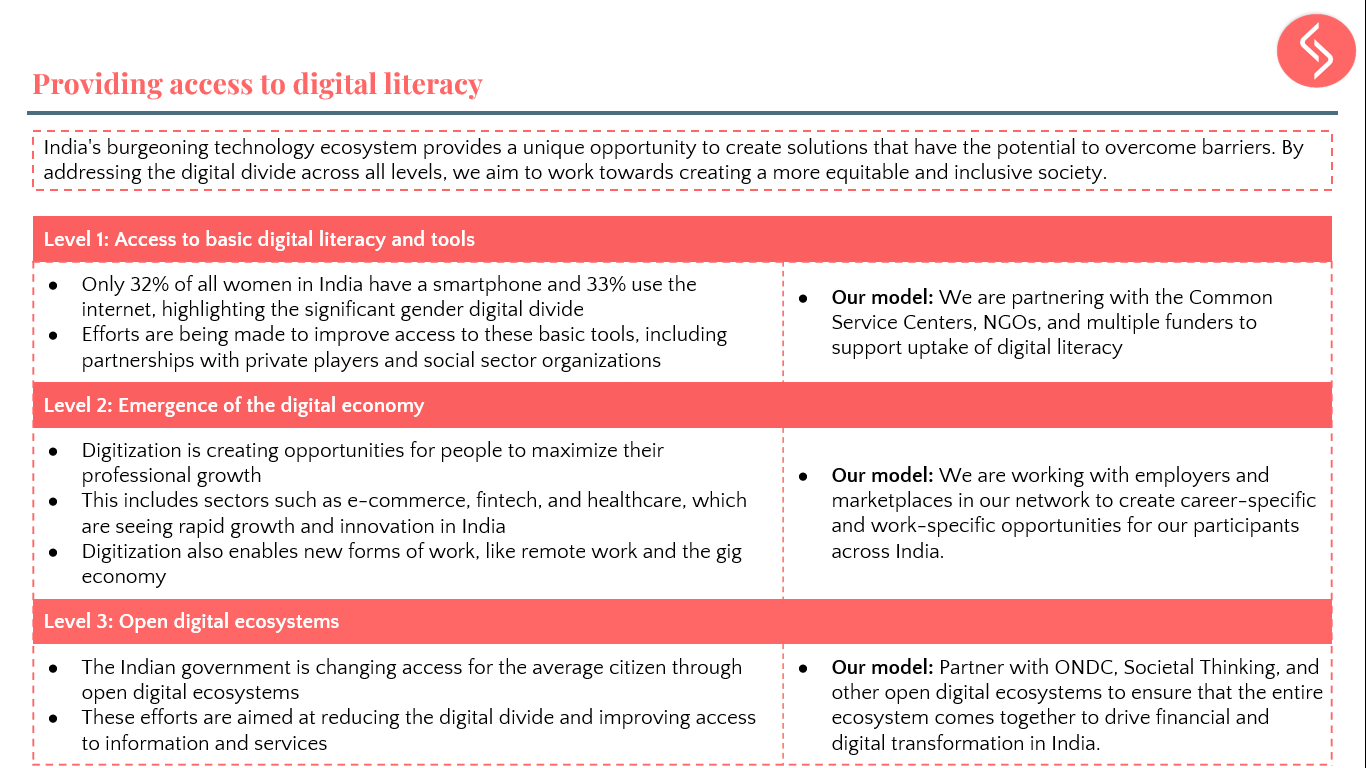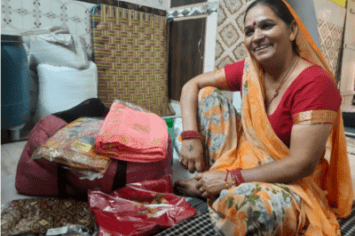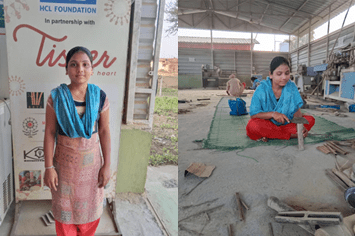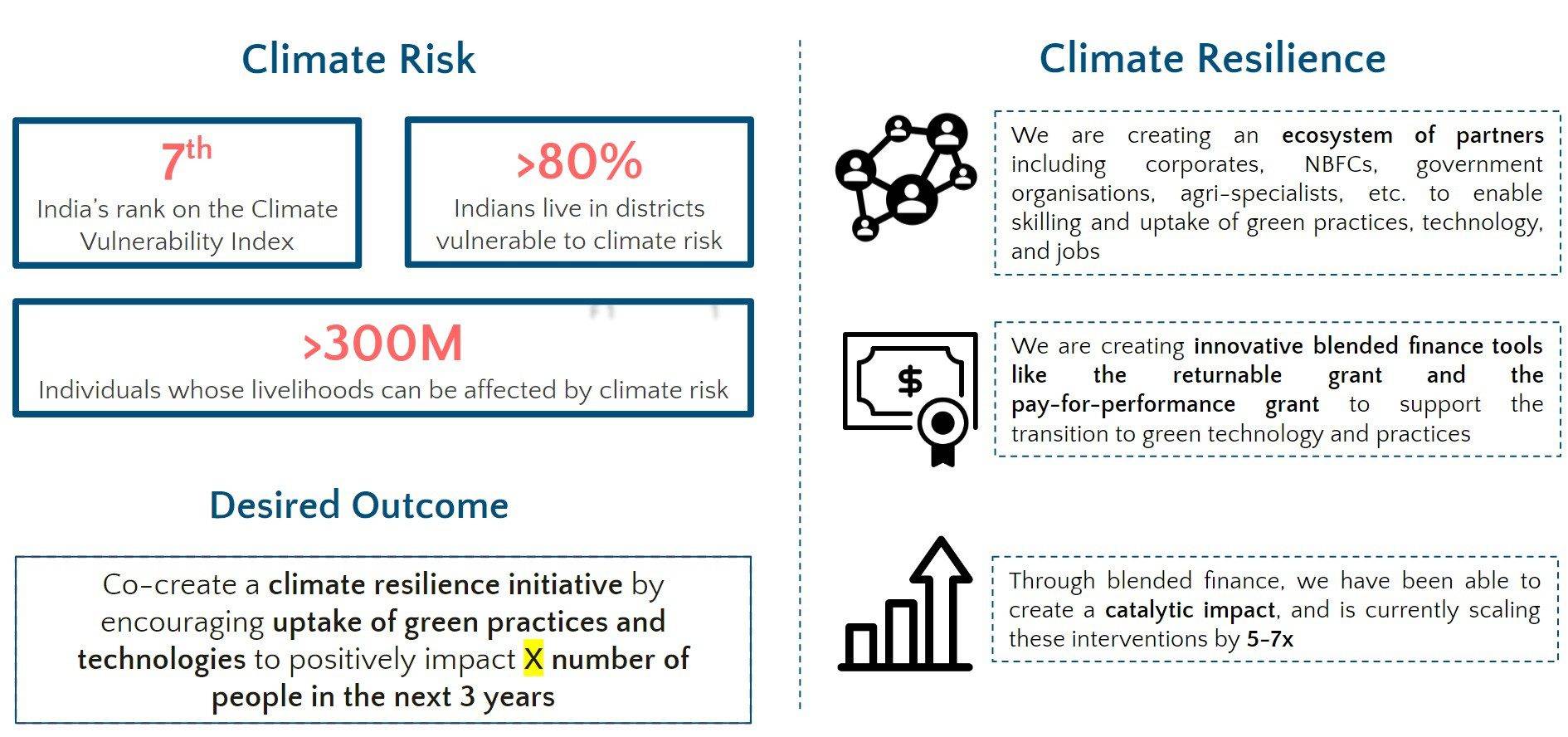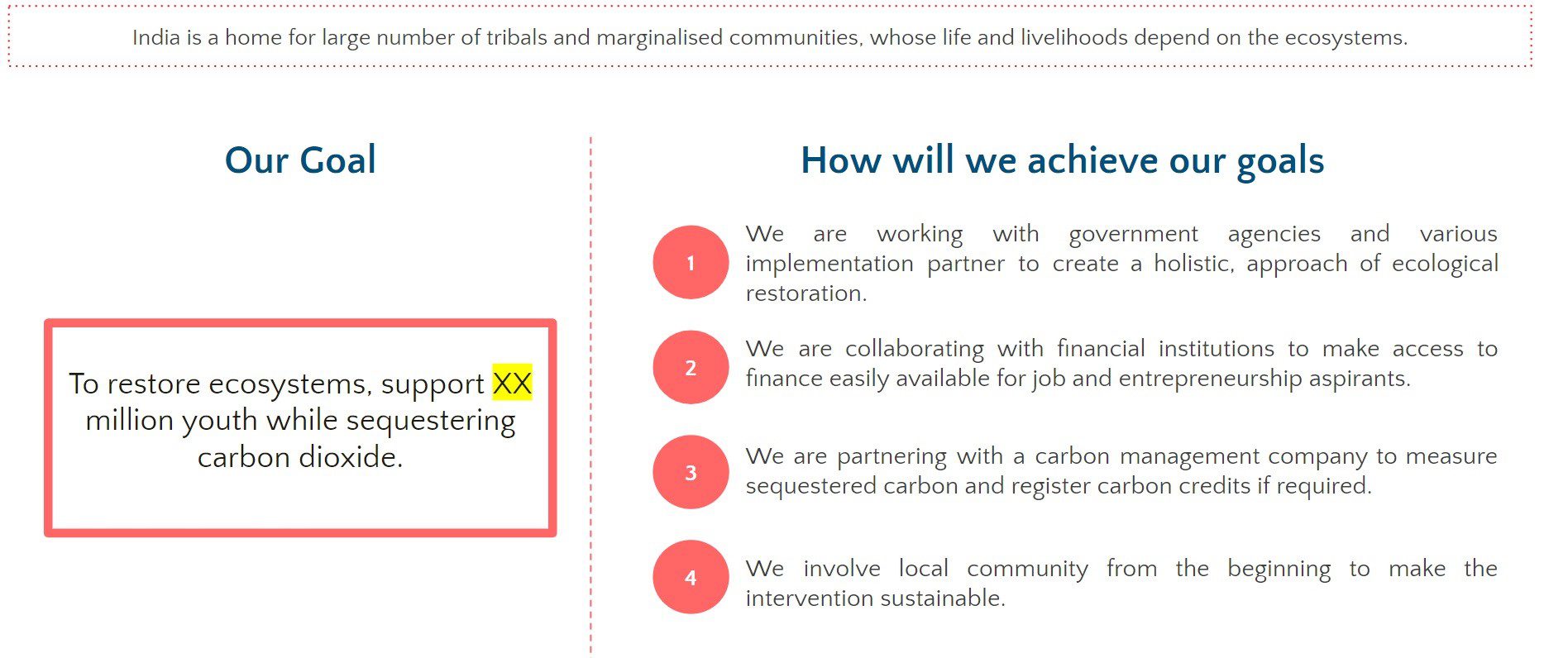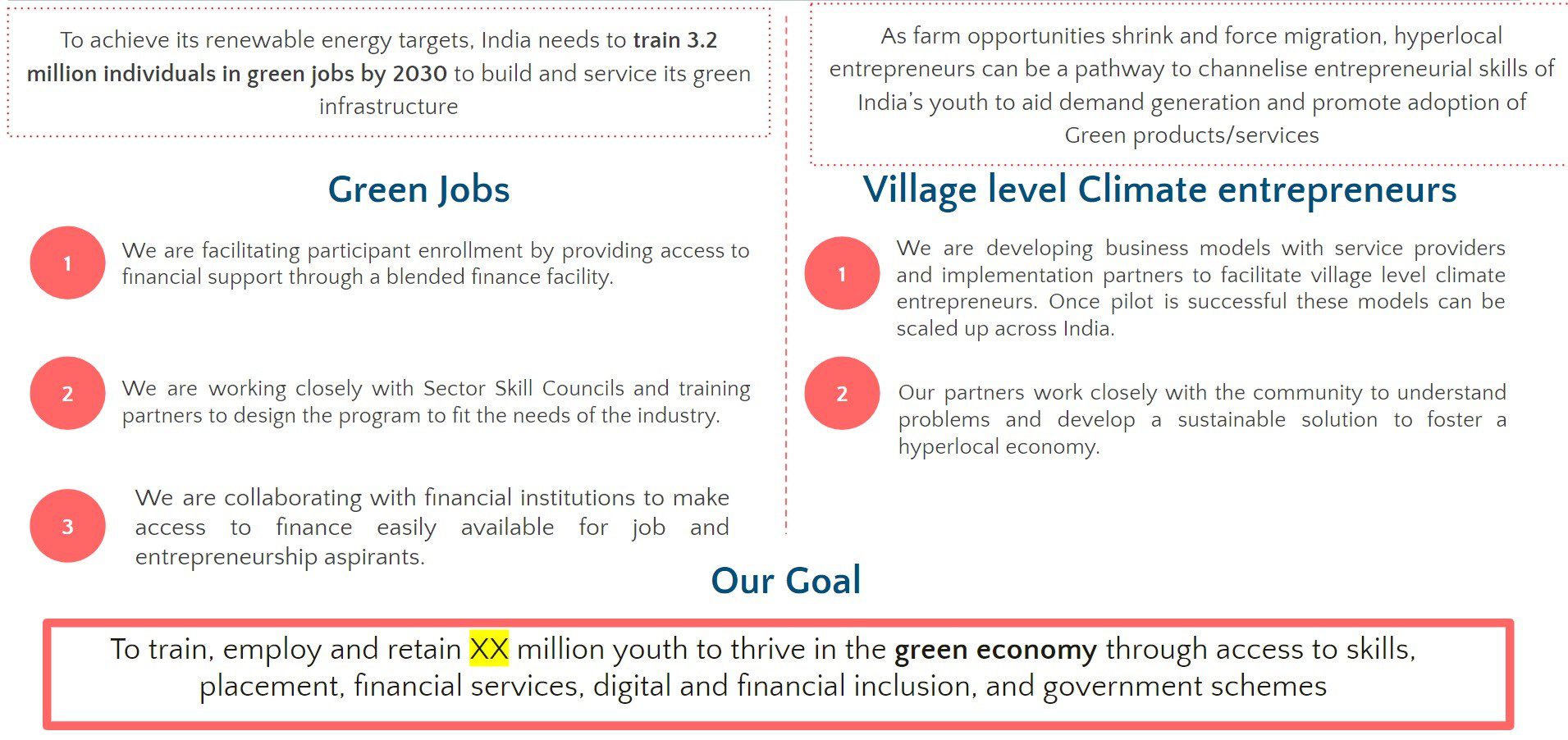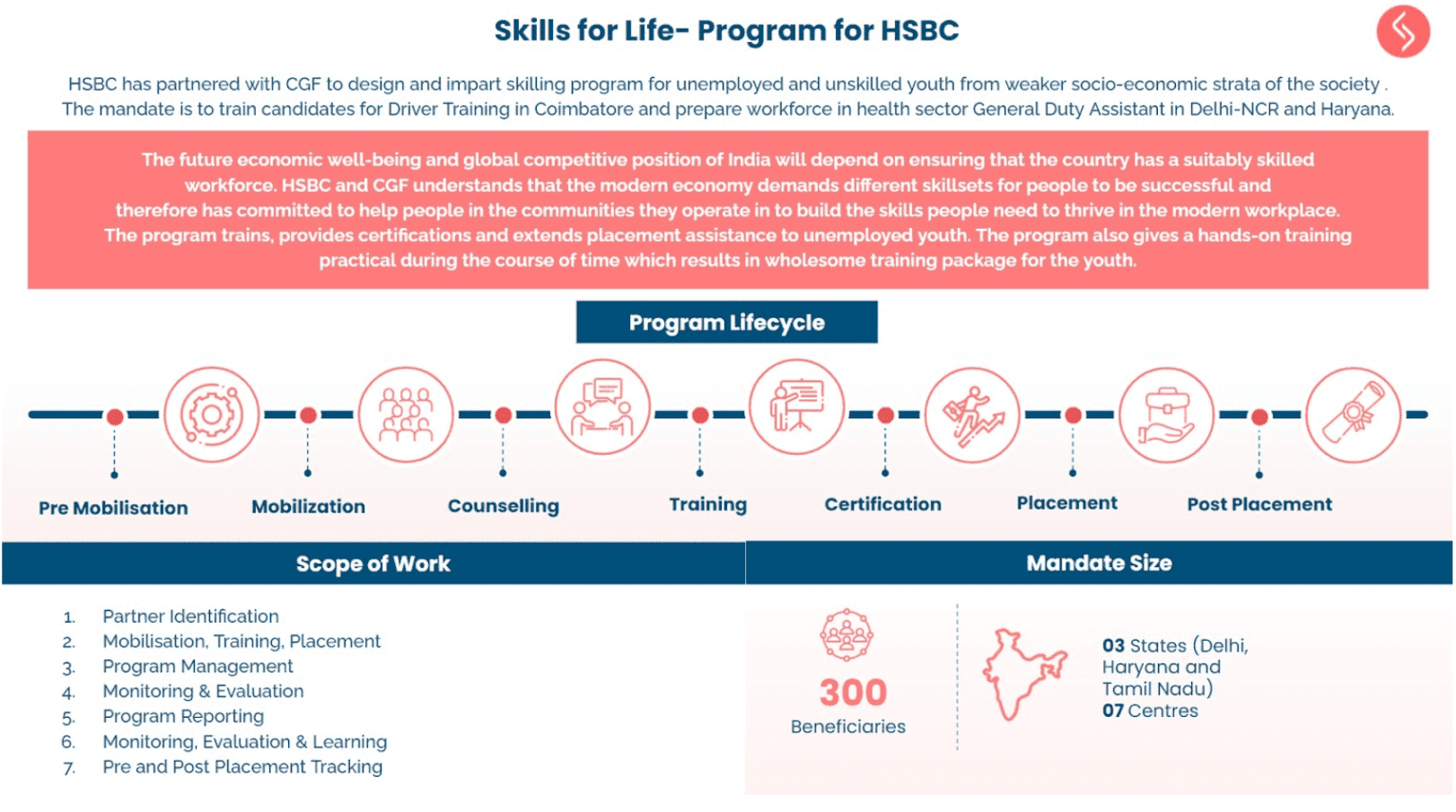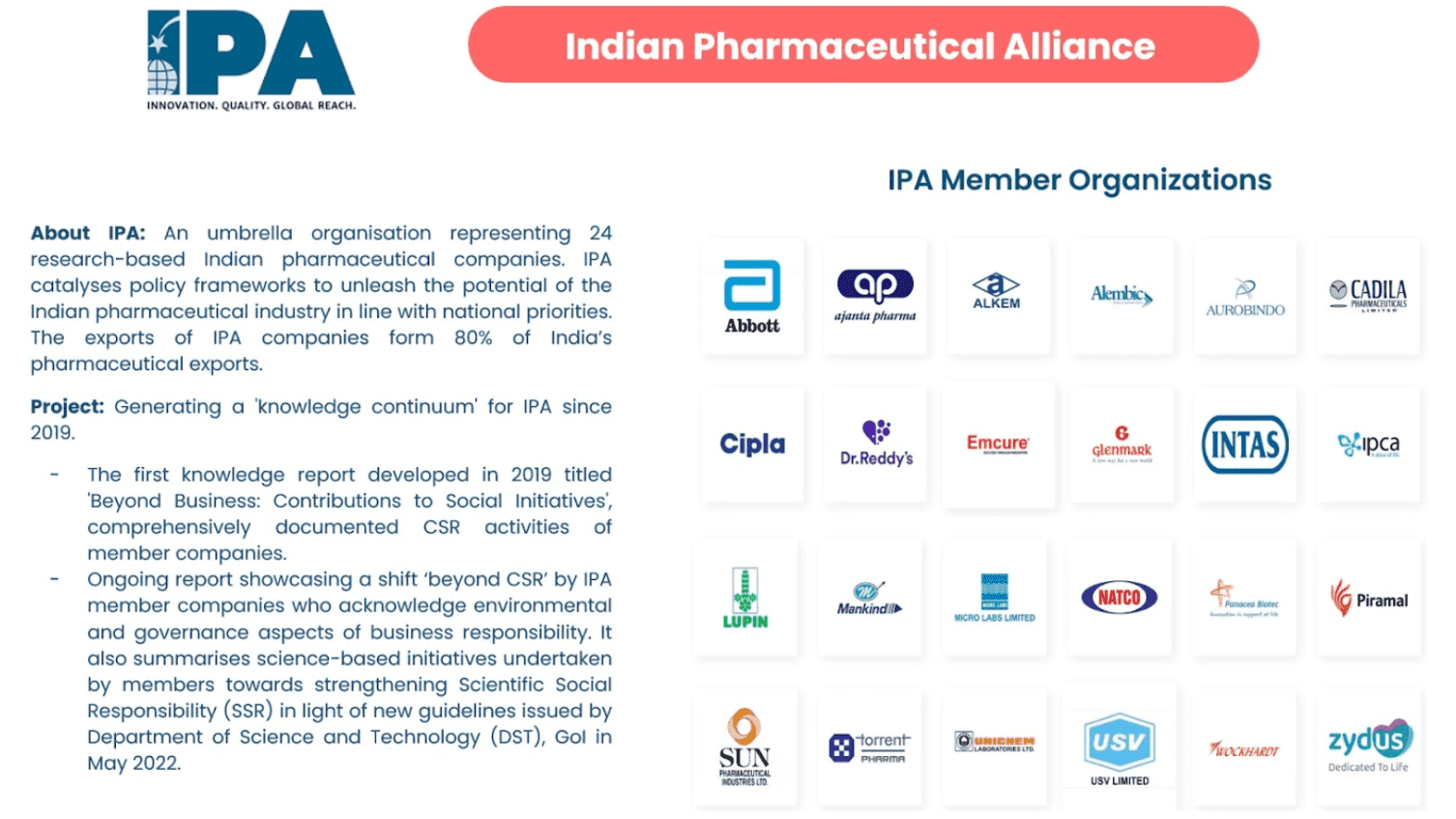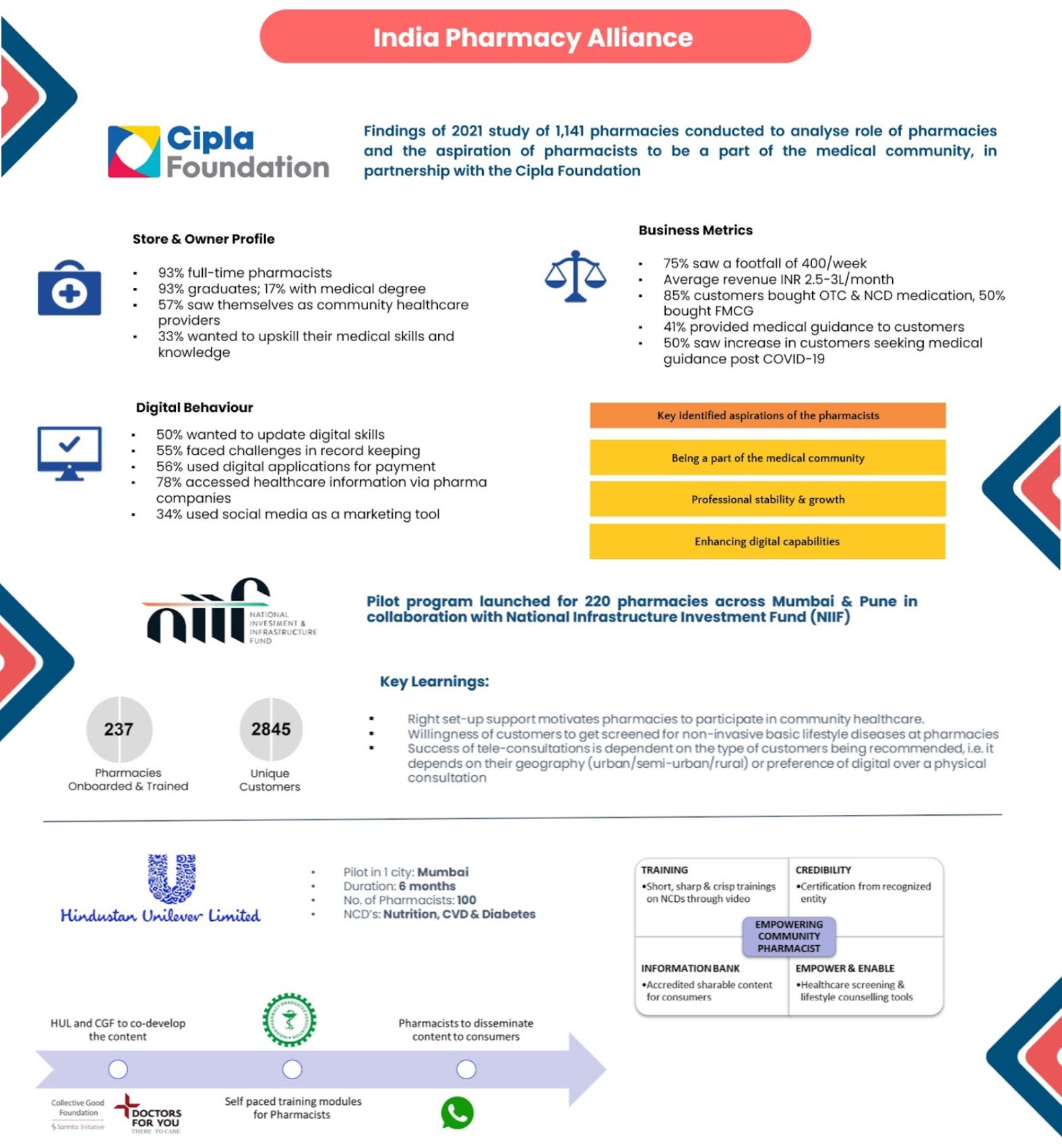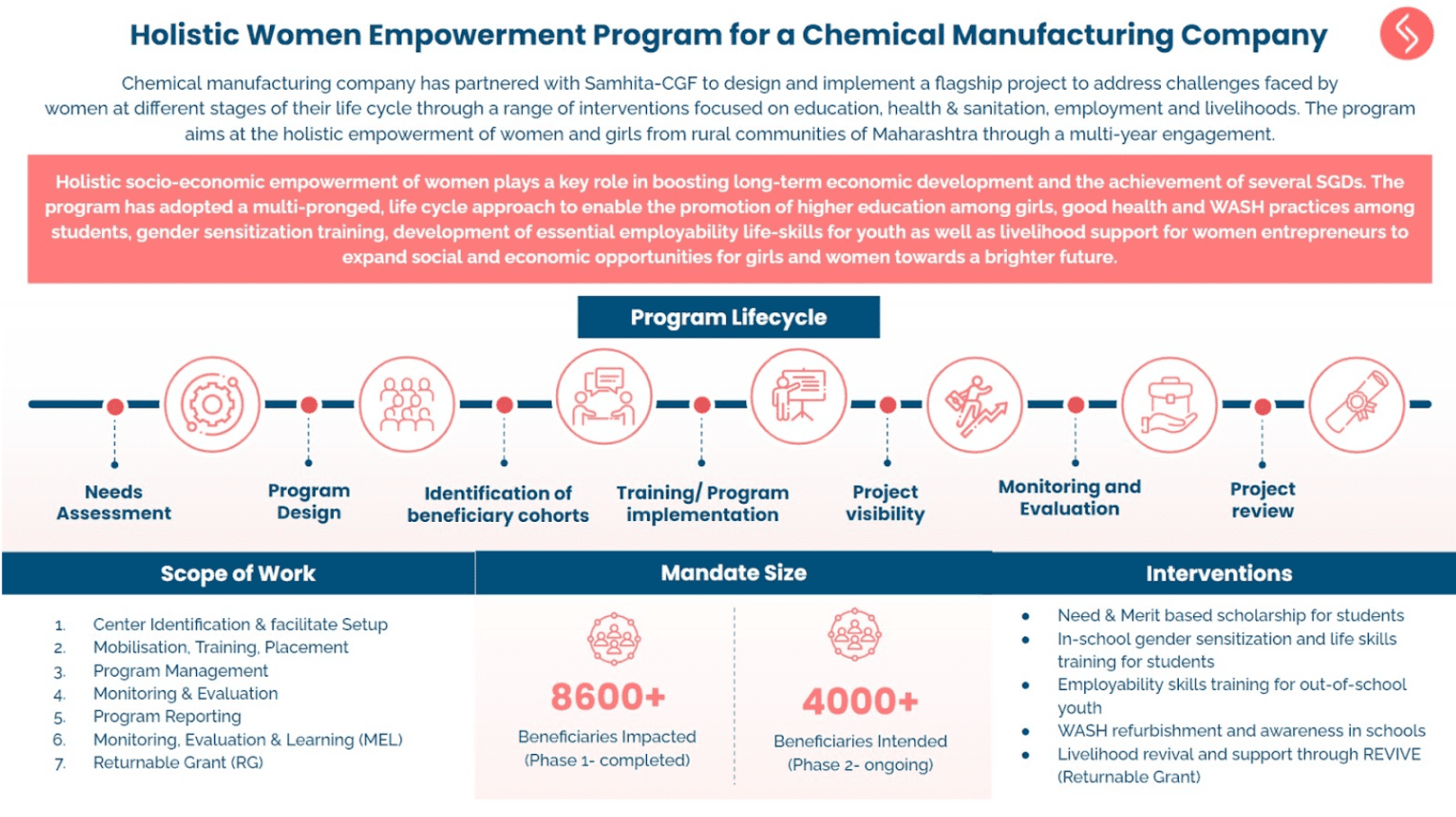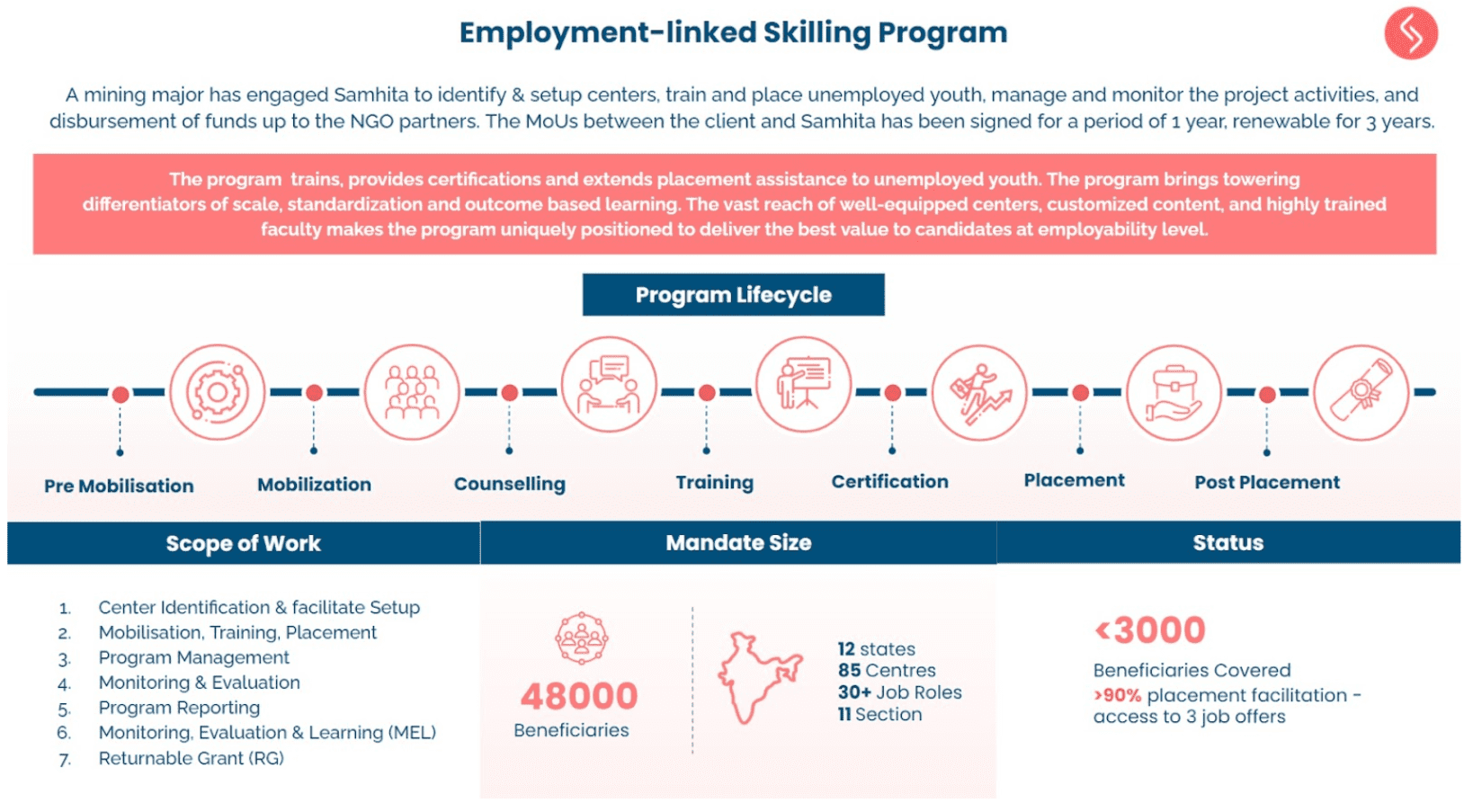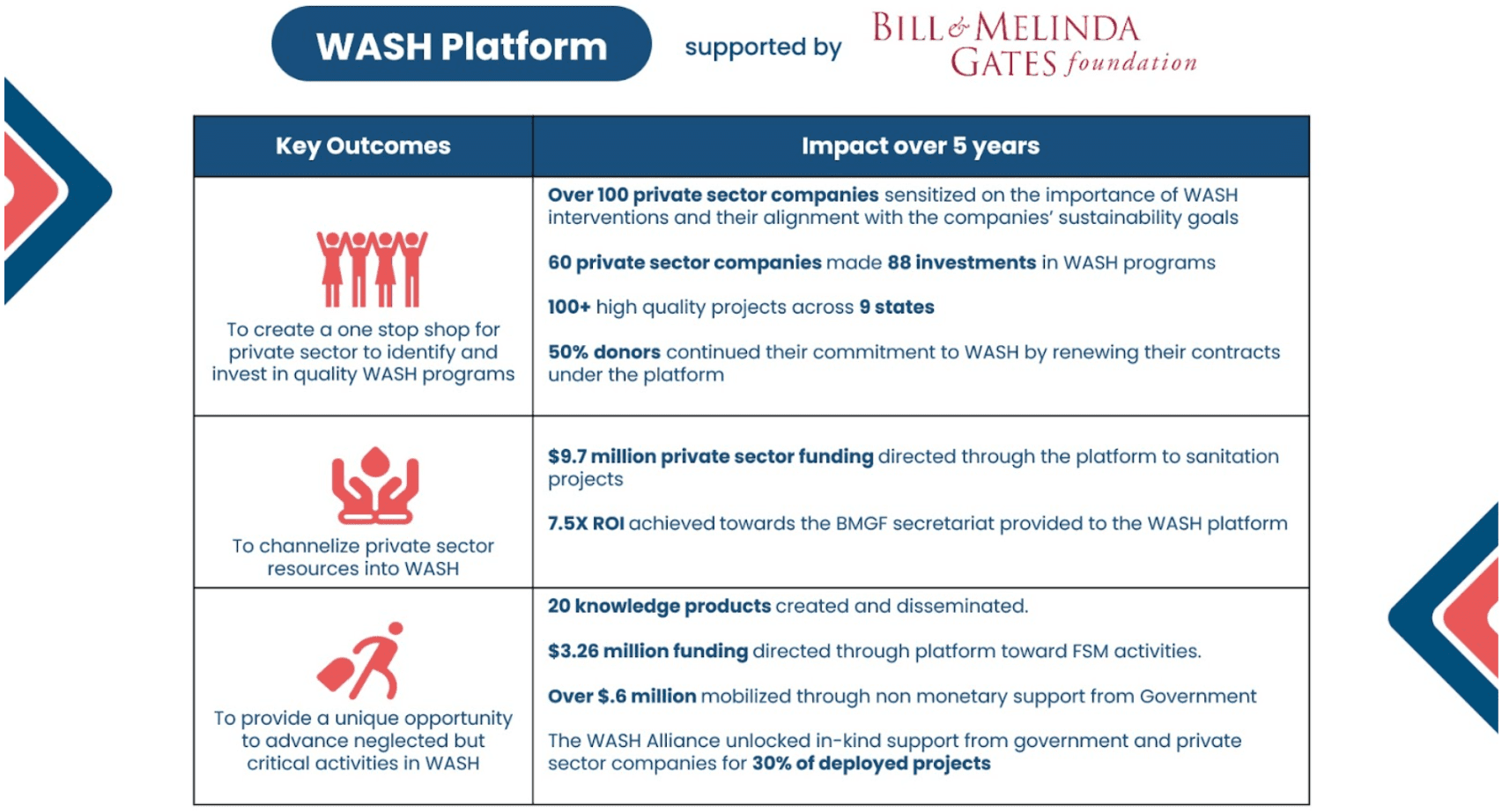The Prime Minister’s call for a Swachh Bharat Abhiyan in 2014 has reactivated the demand to provide better health and hygiene to communities. The mission became one of the first big priorities of CSR, after the law came into force, with several companies, foundations and individuals pledging their support to the cause of sanitation. While providing infrastructure and other resources is critical, it is also equally important to practice a holistic approach to implementing such programs, ensuring Sustainable sanitation.
Sanitation, or WASH (Water, Sanitation and Hygiene) issues are divided into two broad categories of supply and demand. Supply side issues include building toilets, drainage systems and the availability of water and electricity. Issues that affect demand are to do with caste, location, environment, security, social prejudices, religious beliefs etc.
The government continues to restrict support to supply issues without adequately addressing demand barriers. It has capped the spending on Information, Education and Communication (IEC), to 15% of the budget signalling that it is secondary to creating infrastructure.
India is suffering from a serious sanitation crisis: we have the largest number of people practising open-defecation in the world. The situation is so bad that open defecation is more common in India than in poorer countries like Bangladesh, Pakistan, Kenya and Rwanda. To achieve the primary objective of Swachh Bharat and end open-defecation in India, it is critical that both aspects of WASH are addressed. In this context, it would be helpful to understand some of the ground level challenges, gaps and the scope for companies to provide sustainable sanitation.
Construction: The need for well-built toilets
Most companies have pledged to build toilets, which is desperately needed to combat the practice of open-defecation. India needs sanitation infrastructure for the more than 600 million people who do not have access to a toilet.
Construction is a cost-intensive activity and yet could be a half-baked solution if issues related to availability of water, electricity, land, manpower and appropriate toilet designs are not addressed upfront.
Companies need to rise to this challenge and focus on building good quality toilets. The one-size-fits-all approach cannot work because of vast differences between urban and rural spaces and variances in community practices and beliefs across geographies. Badly constructed toilets will also further discourage use.
What is needed is a concerted effort to build toilets that people will be encouraged to use, that keep in mind specific community needs, and also ear-mark resources for maintenance. There is also scope for funders to look at the renovation of existing toilets that have fallen into disrepair, reducing the need for cost-intensive construction projects.
To successfully tackle the problem of open-defecation we need to approach the issue holistically and encourage behaviour change rather than measuring our success by the number of toilets being built.
Critical WASH components that need support: maintenance, waste management and capacity building
A critical factor that is failing to receive adequate operational support is the maintenance of toilets. Hundreds of toilets lie unused due to the lack of proper maintenance systems – the total maintenance allocation for schools under the Sarv Shiksha Abhiyan (SSA), including cleanliness, consumables, and small repairs is a paltry Rs. 5000 a year. Providing a reasonable percentage of the budget to ensure proper maintenance – at least for some period of time after installation – can be a critical input for WASH programs.
Attention also needs to be paid to supplementary components like waste management, drainage systems, waste-water treatment, fecal sludge management and capacity building.
Companies also fail to strategize their exit from communities. Very few CSR efforts have exit plans that build in takeover by the community, which is essential to ensure longer-term sustainability of the initiative and durability of the intended outcomes. Another way of ensuring the sustainability of programs is through collaborative interventions, which provide a wider donor base for communities to draw upon. It is necessary for companies to support the sanitation ecosystem in a way that programs can be sustained after their exit.
Changing behaviour
Behaviour change communication is critical to ensure the usage of toilets. Messages need to be professionally developed and context-specific to account for the widely different reasons for open-defecation in urban and rural spaces. For example, rural areas are governed by socio-cultural practices, whereas the issue in urban areas is related to space, time and maintenance.
For FMCG companies, behaviour change campaigns also present an opportunity to strategically address the imperatives around WASH through cause-marketing campaigns, rather than be seen as pure CSR initiatives.
The need for sustainable sanitation solutions
The CSR mandate has motivated companies to participate in the Swachh Bharat campaign but in order to meet the goals of the campaign, CSR efforts need to be channelled towards interventions that are sustainable sanitation in the long-term.
Samhita strongly believes that in order to effectively address the problem of open-defecation companies need to fund end-to-end solutions that support the sanitation ecosystem. Programs should include the construction and maintenance of toilets, behavioral change communication, monitoring impact and sustainability. The program life-cycle should be designed such that all aspects of WASH are adequately covered.
We are not, however, suggesting that companies take on the entire responsibility at an individual level; companies could pool funds or create/join coalitions with other key stakeholders like Foundations, research bodies, social organizations to support specific interventions and drive collective impact.
2019 may be the year when India has a 100 million more toilets but unless the government, companies and other key stakeholders adopt a more holistic approach to sanitation, those toilets will lie abandoned and unused while people use the fields they find so pleasureable and convenient.
– Mr. Vaidyanathan Krishnamurthy




